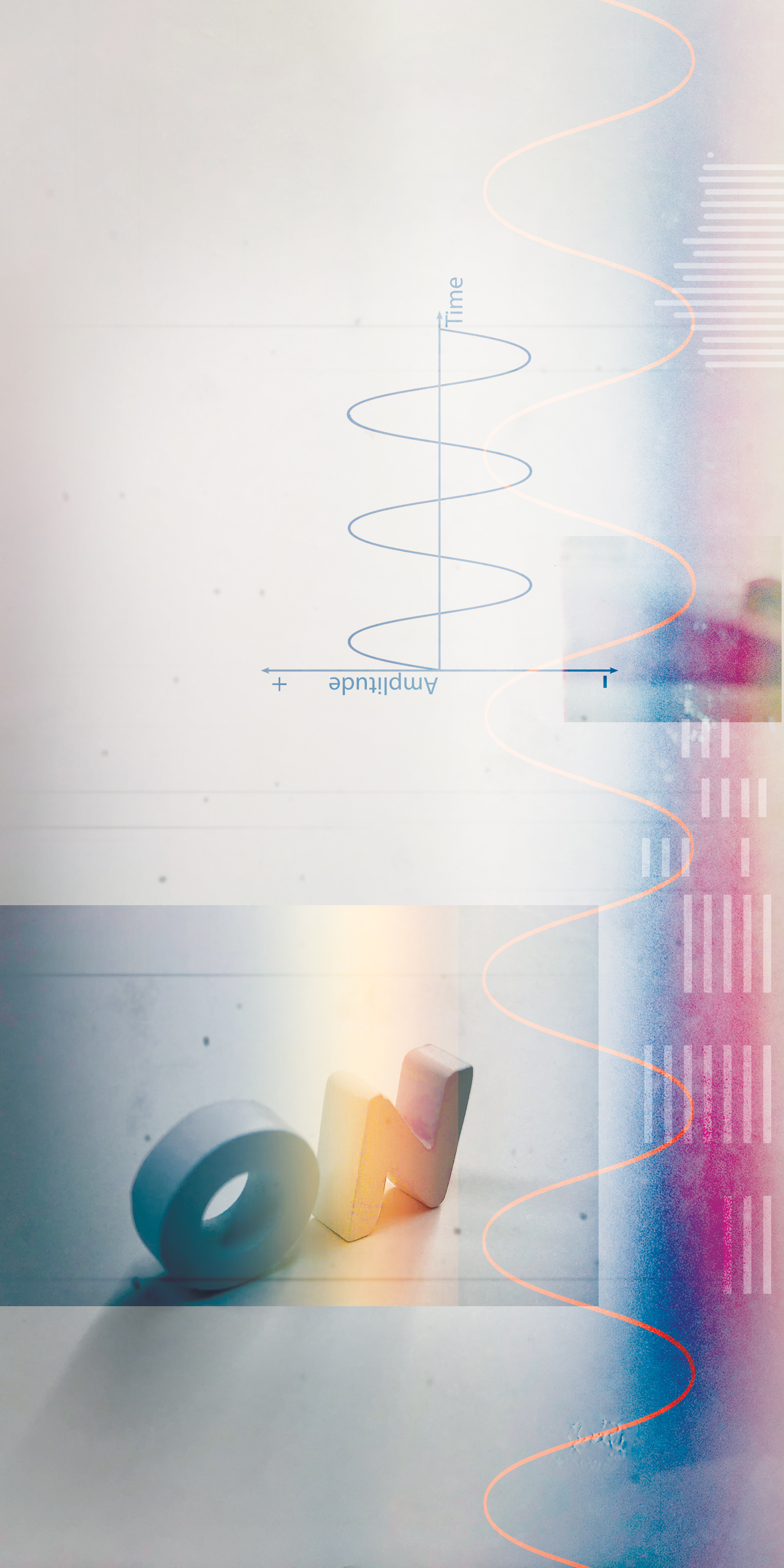I've found both the Lindell Audio LiN76 [Tape Op #153] and LiN2A [#156] compressors to be extremely useful in my studio, so I jumped at the chance to check out the new, one channel LiNTEC Vintage Program Equalizer. I use their compressors primarily for tracking purposes, but I mix in the box and I was hoping the LiNTEC might add something to my tracks and mixes that plug-ins don't.
While unboxing, I was relieved to see a standard IEC power cable as part of the contents. I always prefer an internal power supply over an external brick or wall wart. The rear of the unit has no XLR I/O, but the 1/4-inch TRS jacks do play nice with my patch panels. The two rack-space front layout is definitely inspired by the original Pultecs, but it's not simply a clone of an original EQP-1A. The LiNTEC has additional boost and attenuation frequency selections above and below that of a vintage EQP-1A, including some, but not all, of the frequency selections of the Pultec MEQ-5 Mid-Range EQ. Probably the most obvious differentiating feature on the faceplate of the LiNTEC is a large, backlit VU meter. It's not something I am used to on an EQ, so I was curious to see it in action. All the knobs feel good and are stepped, and they click lightly while turning for easy recall. I noticed that some of the steps don't align perfectly with the markings on the faceplate, but the “click” ensures it returns to the same place every time. Lindell says all units are calibrated within 0.2 dB of each other, so any two units can work as a stereo pair – I only had a single unit for review.
There won't be any tube swapping here because the LiNTEC is 100% solid-state, and uses the Lindell Vintage OPA 1731, which is their interpretation of the Melcor 1731 discrete op-amp, also found in some of their 500 Series modules. As there are no tubes the LINTEC runs fairly cool, and I didn't feel the need to allow extra airflow space above this unit in my rack. The input and output transformers are custom-built for Lindell, and the inductor is custom-wound.
I had this unit working in my studio within minutes of unboxing. My first use was for a capo'd acoustic guitar stacked with other acoustic guitar tracks in a rock song. I sent the previously recorded track into the LiNTEC, attenuating liberally at 150 Hz, but also slightly boosting to keep it from sounding too thin. From there, it went into a LiN76 for some light compression at 4:1. This gave the track the sparkle it needed to hang with the others, and not get swallowed up. Could I have done the same with plug-ins? Maybe, but this was way more fun!
To try the famous low end Pultec trick, I sent a bass drum track into the LiNTEC, then back into Pro Tools. I boosted 60 Hz about halfway and attenuated about the same. I also added a little 3 kHz with bandwidth set at 2, and some attenuation at 12 kHz. The result was a nice thump without too much extra boom, and a bit of beater definition on top. Something still bothered me in the low mids (I'm typically doing more cutting than boosting when I grab an EQ). I don't have a companion midrange EQ (yet?), so I grabbed a UAD MEQ-5 plug-in and pulled out some 200 Hz to get a tight, punchy sound that sat nicely in the mix! Next, I sent an electric bass guitar track that I wanted to tighten up a bit into the LiNTEC with a slight boost and attenuation at 60 Hz, and then into a LiN76 for some light compression at 4:1. The result sounded noticeably better than my raw track, and the bass sat better in the overall mix, too.
With a selection at 150 Hz, I knew the LiNTEC would be perfect for a fat snare drum. This time, I cranked the low boost up to 7, then attenuated around the same again. I also boosted 8 kHz to about 8, and set the attenuation to 2 at 20 kHz. This is a broad stroke EQ, so I found I could really push it without it sounding harsh. I had to pull back my original track by about -2 dB (going into the LiNTEC - I was watching the VU meter hitting the red!) since all this boosting gave my new track a little more energy! I was also hearing some nice harmonic content on the track now, but again I wanted changes in the midrange, so I did another pass with a 4 kHz boost, and the track definitely surpassed the plug-in-only sound I had started with.
We all use plug-ins for everyday, mundane tasks, but when you need a track to fit better or even stand out in a mix, the LiNTEC can help sculpt the sound in a very cool way. I only wish there was a midrange EQ to go along with this one!




_disp_horizontal_bw.jpg)